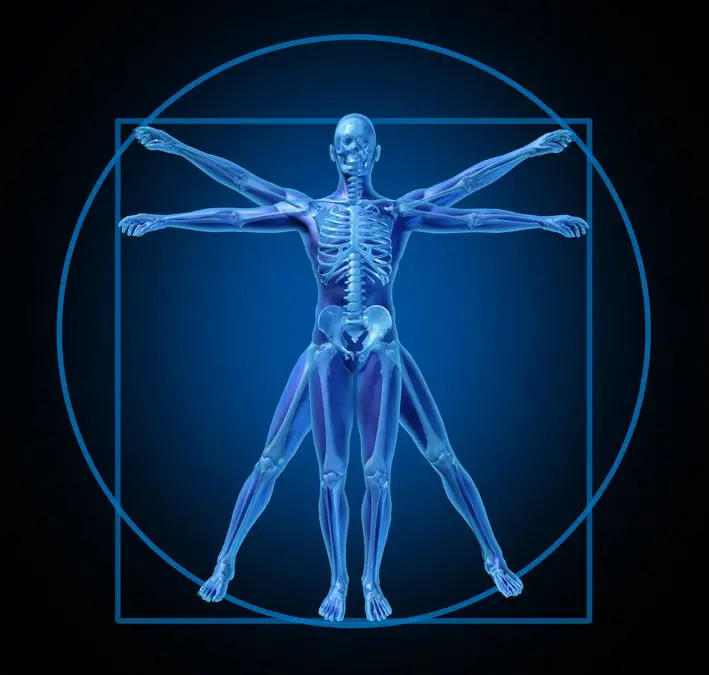
Softball Biomechanics are essentially the mechanics of our biological movements. By having labels for movement it is easier to relate the activities to movements and when needing to explain to colleagues.
Softball Biomechanics Terminology
Directional Terms
Superior – closer to the head (the shoulder joint is superior to the hip joint)
Inferior – farther away from the head (the knee is inferior to the elbow)
Anterior – toward the front of the body (the chest muscles or pectorals are anterior)
posterior – toward the back of the body (the glutes are posterior)
Medial – toward the midline of the body (the vastus medialis runs from the inside of the leg to the knee)
Lateral – away from the midline of the body (the tensor fasciae latae runs along the outside of the leg to the knee)
Proximal – closer to the trunk of the body (the knee is proximal to the ankle)
Distal – away from the trunk of the body (the wrist is distal to the elbow)
Superficial – toward the surface of the body (some veins are superficial)
Deep – Inside the body and away from the surface (most organs are deep in the body)
Planes of the body
These are anatomical references that allow us to specify movements and their range of motion.
Sagital Plane
This plane is a side to side plane. if you stand in a door frame facing the frame, you will have a visual and tangible demonstration of the sagital plane. Any movement out to the side of your body or if you move your trunk to the side, you are moving through the sagital plane.
This would include skills such as:
- hitting
- moving to the side to field a ball
- arm and leg movements in doing a jumping jack
- the arms when balancing on the balance beam
Coronal or Frontal Plane
This plane can best be described as similar to a door frame. You walk forward through the door frame and its like the frontal plan. Any motion through that path is a movement in the frontal plane. For example if you are running, your knee, elbow, ankle and hip joints are going through the frontal plane in addition to the transverse plane.
This would include softball skills such as:
Transverse Plane
Water is a perfect visual of a Transverse plane. If you imagine standing in a swimming pool with the water at your waist height, that is a transverse plane. Any movement up or down by any of your limbs or body is through the transverse plane.
This would include softball skills such as:
- the up and down motion of pitching windmill softball
- jumping up to catch a line drive
- lifting the hands up to catch a fly ball
There are skills that will move through all of the planes such as many rotational skills like hitting moving to and fielding a ground ball. In fact many skills will move through either 1 or 2 planes when considering the preparation, execution and follow through of the skills.
This information helps to maximize the visual effects when teaching softball skills. We might not explain them to our athletes but we can use the theory very effectively.
Axes of the body
Mediolateral or Medial axis
This axis includes rotation through the frontal plane on the horizontal axis. If you can imagine a rod through your hips or shoulders (ouch), your body would be moving up and down around it or spinning the way we used to do getting dizzy. Most skills have some form of rotation through this plane.
This would include skills such as:
Anterposterior or anterior axis
This axis includes rotation through the sagital plane which mostly includes wrist and ankle rotation medially or laterally.
This would include most softball skills such as:
longitudinal axis
This is a line or rod (ouch again) straight down the middle of your body from your head to your trunk. Most all sports use this rotational axis at some point in their skills. Any twisting or rotational movement where you move your trunk or limbs around your trunk is on this axis.
This would include softball skills such as:
- throwing
- hitting
- leaving the batters box after contact
- running
Using Biomechanics
Having the knowledge of how the body works and moves is a very useful tool in teaching skills and in evaluating skills. By using video analysis, you can actually use software to draw lines on the axis to watch the actual rotation to see if there is movement that takes away from the skill or wastes energy.
When you get proficient at your observation skills you can even use these principles on the spot. When recording your observations you can create forms or use the terms for documenting what you see and what you are going to do.

